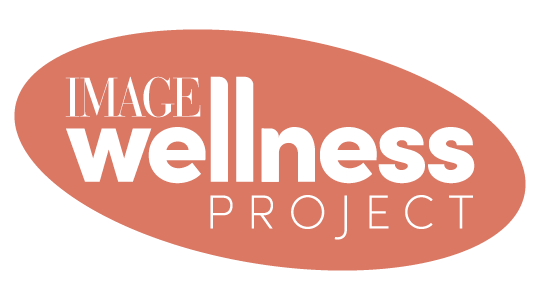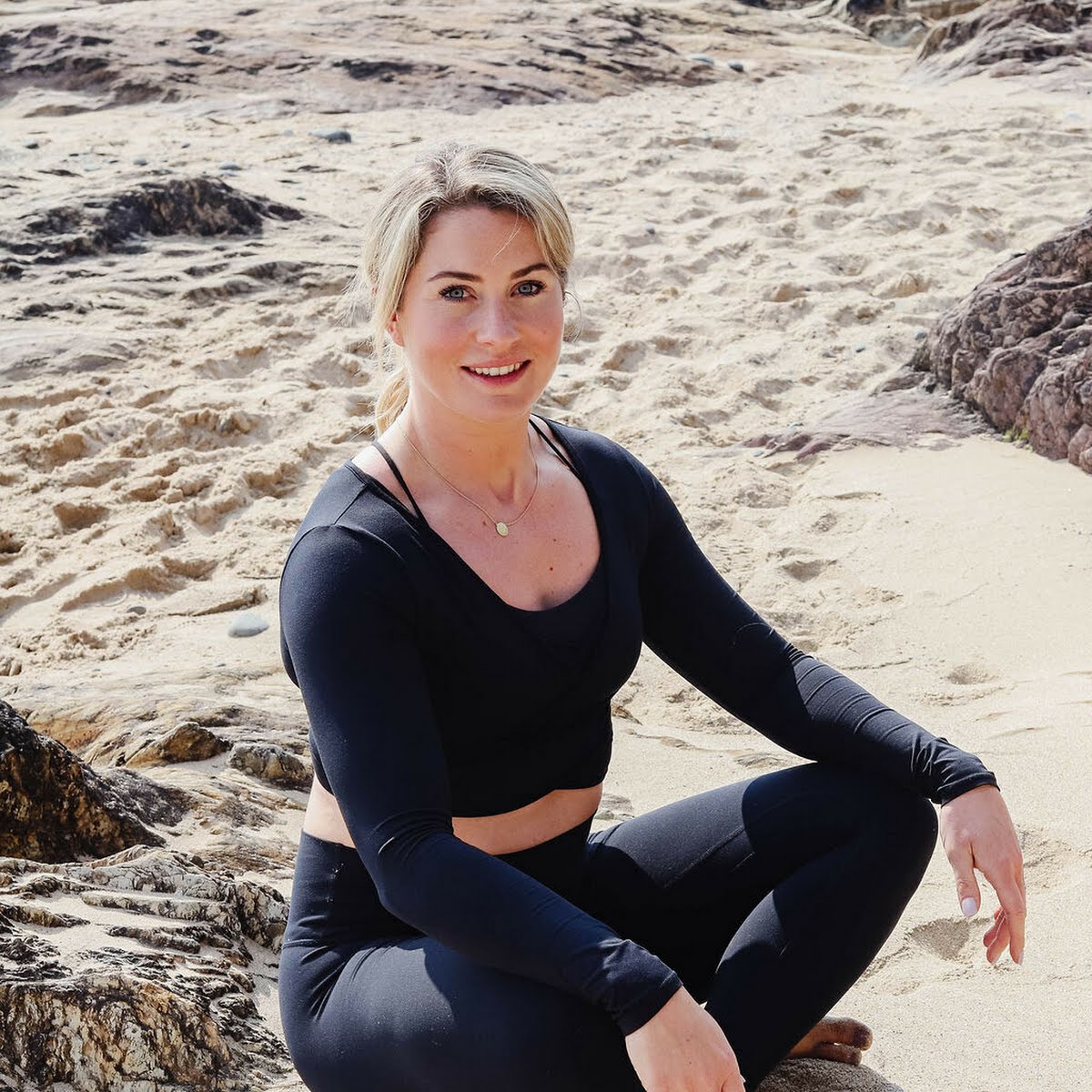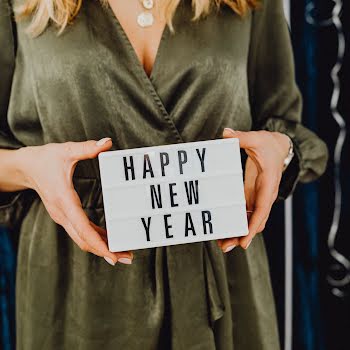
The ‘Goldilocks Effect’: How to find the right workout for your life stage


From how to strengthen your pelvic floor to everyday low intensity resistance training, female fitness specialist Emma Dowling tells us how to listen to our bodies and find the best exercise for our life stage.
Tell us about Empowered Movement.
Empowered Movement is so much more than a fitness program. My goal was to make a low-cost, one-stop shop for all busy women who want to start their wellness journeys. It includes specialised, balanced and achievable training programs that you can do at home or in your gym, nutrition guidance, recipes, modules from leading experts on exercising in pregnancy, postnatally, through menopause and for strength and weight loss, mindset, yoga, meditation, pilates and sweat classes. So, they have access to the most wonderful online community of like-minded women, all of whom are facing similar obstacles and are on a similar mission – to be a healthier, happier version of themselves and to put themselves higher on their list of priorities every day. It truly is such a beautiful online space for women.
How does female fitness fluctuate throughout the different stages of life?
I think being a woman and managing all of the ‘hats’ we are required to wear involves a fine art in knowing when is the time to ‘push on’ and when is the time to ‘pull back’. Our journey through fitness is similar. For example, if we are trying to conceive, are pregnant, postnatal or are in perimenopause we often need to pull back and challenge ourselves in a more suitable way or a different way than we might be used to. HIIT workouts, long endurance runs, and sweat classes might be replaced with some lower-intensity resistance training, yoga, walks and activities that are just a little less stressful on our bodies. This is often called the ‘Goldilocks Effect’. We need to find something that is not too hot, not too cold, but just right.
Do the different phases of the menstrual cycle impact our ability to exercise?
This is a really interesting question. At the moment there is very little high-quality scientific evidence to show that ‘phased-based training’ will lead to better outcomes than traditional training. Most research is pointing to the fact that it very much comes down to the individual. Some women are really affected by the phases of their cycle and others are not at all.
I always recommend that my clients track their cycle for a few months and see how it affects them. If they notice that they have more energy in their follicular phase and feel stronger… we can push on then. If during their luteal phase, they are hungrier and more fatigued we will increase their daily calorie consumption a little and pull their training intensity back. Let’s do our own mini experiment on our own bodies and get to know our own individual needs.
For a lot of new mums, looking after themselves becomes less of a priority. Are there ways to incorporate exercise into a busy lifestyle?
Yes, this is my bread and butter – doing our situational best, getting out of the ‘all or nothing’ mentality and focusing on what we can do. In Empowered Movement, I have created my workout programmes so they can be done at home, using minimal equipment and are short but still effective.
Alongside our main training program, we also have a library of ‘exercise snacks’. These are 10-minute workouts that are easy to squeeze in on extra busy days. I always encourage getting out in the fresh air for walks with the baby in the buggy and meeting a pal too.
What can be done to improve or strengthen pelvic floor health?
Attend a women’s health physio if you are experiencing any pelvic floor dysfunction. It is one of the greatest investments in your health you will make and is the only way you will find out what your pelvic floor needs.
Outside of that make sure you are never bracing, breath holding or belting up in training, stay hydrated and avoid constipation, take your time when you are toileting and stop sucking your tummy in.
How should exercise be adapted for perimenopausal or menopausal women?
Strength training is so important for all women but especially for this demographic. After 35 we start to lose muscle mass at a rate of 3% a decade. That begins to change once we go into perimenopause and increases by 10-fold, losing 3% per year.
This loss can be counteracted by doing resistance training two to three times per week and getting enough protein in. Women in perimenopause and menopause should be aiming for 1.5-2g of protein per kilo of body weight. Strength training will also support our skeletal health by helping us maintain and build bone density.
What is the minimum level of movement and exercise we should be getting each day to help boost our mood and fitness?
This is individual to everyone and might vary from day to day depending on lots of factors, but I would say 20 minutes at a minimum would be a super place to start.
Do you have any tips for those beginning their fitness journey later in life who may be feeling nervous or self-conscious about attending in-person classes?
Get a coach. They will support you, encourage you and keep you safe and engaged with your program. And lastly, just start. It is never too late to build a stronger and healthier body. You are worth it.
The IMAGE Wellness Project is powered by Meaghers Pharmacy and in association with Activia, its4women, Irish Life Health, KIND and Pestle & Mortar. Visit our Wellness Hub to download your valuable workbook and to follow weekly updates including interviews, videos and podcast episodes with our leading wellbeing experts.

























